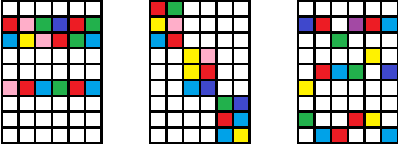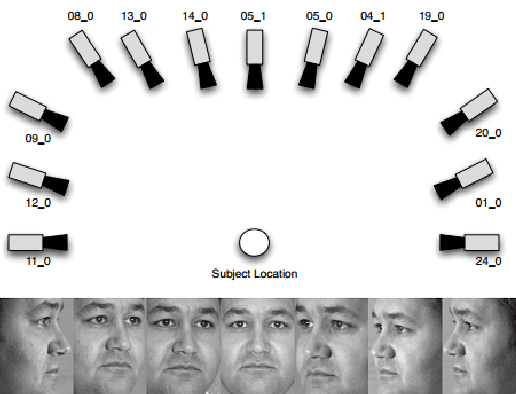Hojjat Seyed Mousavi
Enhanced Signal Recovery via Sparsity Inducing Image Priors
May 13, 2018



Abstract:Parsimony in signal representation is a topic of active research. Sparse signal processing and representation is the outcome of this line of research which has many applications in information processing and has shown significant improvement in real-world applications such as recovery, classification, clustering, super resolution, etc. This vast influence of sparse signal processing in real-world problems raises a significant need in developing novel sparse signal representation algorithms to obtain more robust systems. In such algorithms, a few open challenges remain in (a) efficiently posing sparsity on signals that can capture the structure of underlying signal and (b) the design of tractable algorithms that can recover signals under aforementioned sparse models.
Histopathological Image Classification using Discriminative Feature-oriented Dictionary Learning
Mar 29, 2016



Abstract:In histopathological image analysis, feature extraction for classification is a challenging task due to the diversity of histology features suitable for each problem as well as presence of rich geometrical structures. In this paper, we propose an automatic feature discovery framework via learning class-specific dictionaries and present a low-complexity method for classification and disease grading in histopathology. Essentially, our Discriminative Feature-oriented Dictionary Learning (DFDL) method learns class-specific dictionaries such that under a sparsity constraint, the learned dictionaries allow representing a new image sample parsimoniously via the dictionary corresponding to the class identity of the sample. At the same time, the dictionary is designed to be poorly capable of representing samples from other classes. Experiments on three challenging real-world image databases: 1) histopathological images of intraductal breast lesions, 2) mammalian kidney, lung and spleen images provided by the Animal Diagnostics Lab (ADL) at Pennsylvania State University, and 3) brain tumor images from The Cancer Genome Atlas (TCGA) database, reveal the merits of our proposal over state-of-the-art alternatives. {Moreover, we demonstrate that DFDL exhibits a more graceful decay in classification accuracy against the number of training images which is highly desirable in practice where generous training is often not available
Multi-task Image Classification via Collaborative, Hierarchical Spike-and-Slab Priors
Jan 30, 2015



Abstract:Promising results have been achieved in image classification problems by exploiting the discriminative power of sparse representations for classification (SRC). Recently, it has been shown that the use of \emph{class-specific} spike-and-slab priors in conjunction with the class-specific dictionaries from SRC is particularly effective in low training scenarios. As a logical extension, we build on this framework for multitask scenarios, wherein multiple representations of the same physical phenomena are available. We experimentally demonstrate the benefits of mining joint information from different camera views for multi-view face recognition.
 Add to Chrome
Add to Chrome Add to Firefox
Add to Firefox Add to Edge
Add to Edge